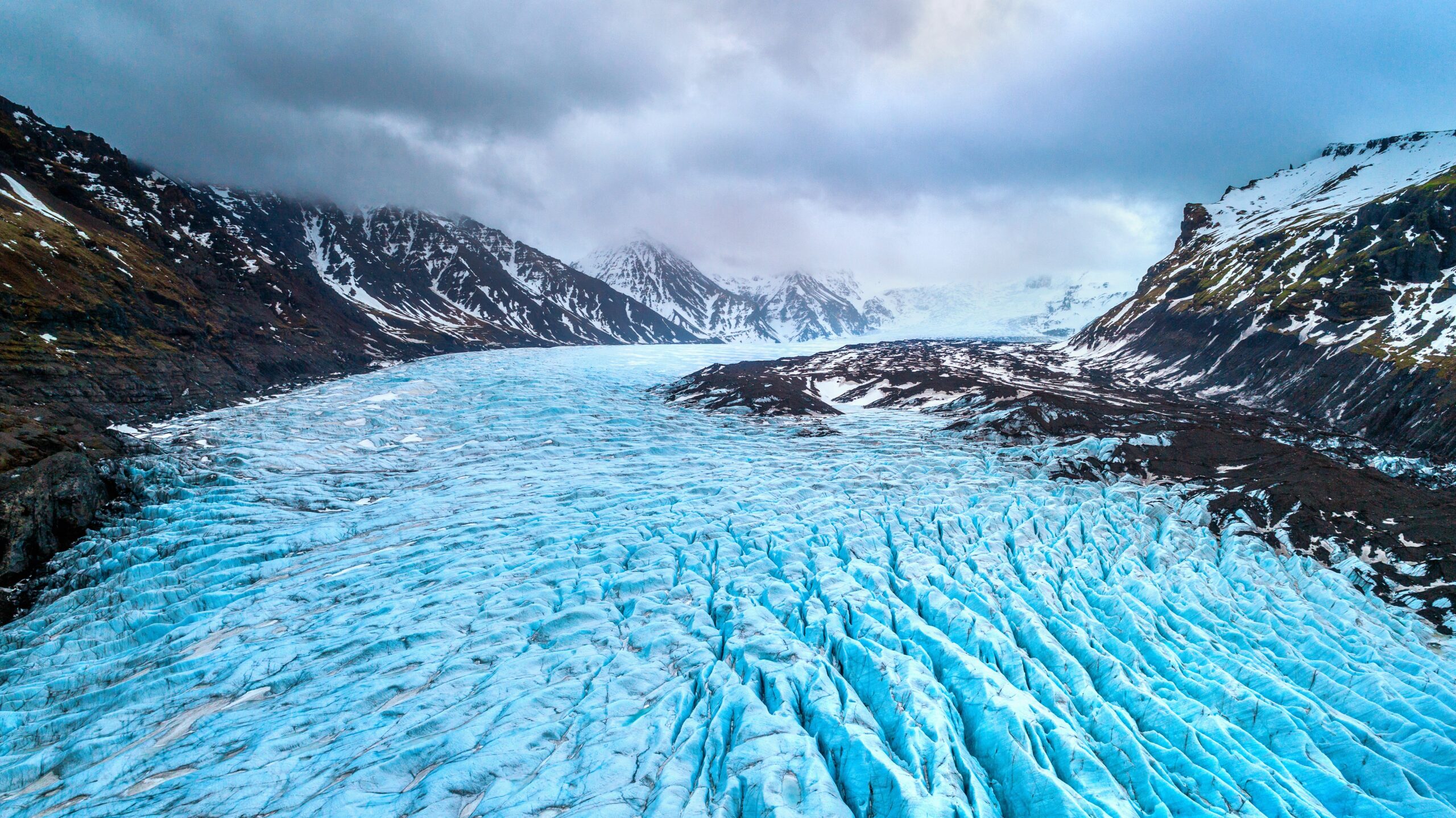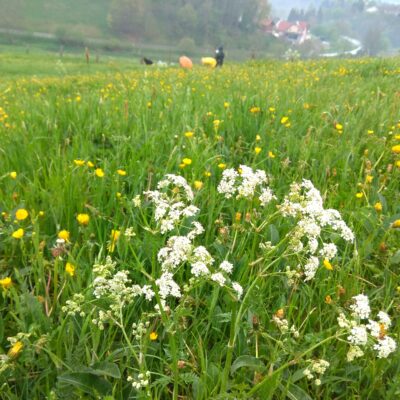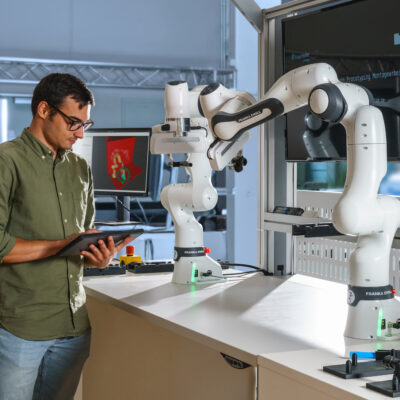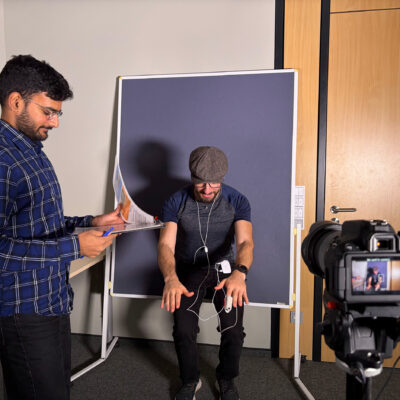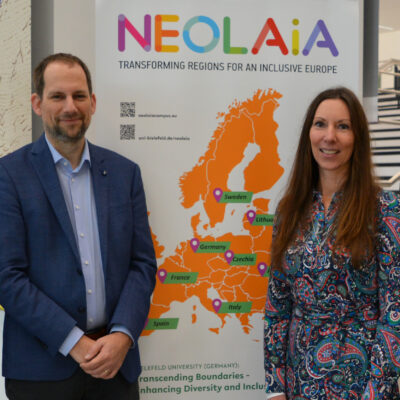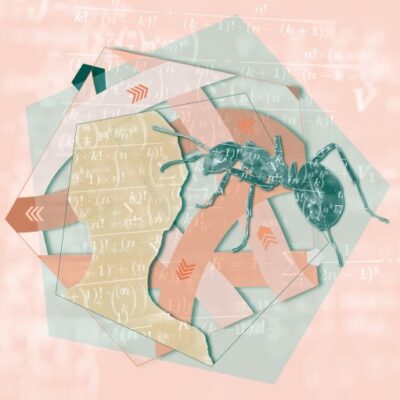The historian Dr Franz Mauelshagen from Bielefeld University studies the history of climate and the interaction between society and the environment. He is a co-initiator of the new international Max Planck Research School for Modelling the Anthropocene (IMPRS-ModA), which is supported by the University of Bielefeld and four partners. Through IMPRS-ModA, he aims to trace the dynamics of the Anthropocene and thereby contribute to sustainable solutions for global challenges.
Mr. Mauelshagen, the Anthropocene refers to the era in which humans have become the dominant influencing factor on Earth. What does this actually mean?
Franz Mauelshagen: The Anthropocene is, for me, a key concept that acknowledges that humans today, through the sum of their activities, are altering geological processes and steering them in a direction whose consequences could be dramatic. Human-caused climate change is a prime example. According to modelling calculations, the next ice age has already been postponed by at least 100,000 years.

© Mike-Dennis Müller
Together with colleagues from four universities and the Max Planck Institute for Geoanthropology, you developed the programme for the new IMPRS-ModA. What is the aim of this graduate school?
Franz Mauelshagen: The IMPRS-ModA aims to train researchers who can understand and model the dynamics of the Anthropocene. Modelling the Anthropocene today means incorporating these dynamics into climate models. To do this, we need to better understand societal activities, both in their own dynamics and in their impact on energy carriers and natural resources. For this, we bring together PhD students from geosciences, history, archaeology, life sciences, and social sciences. If we succeed in developing Earth system models with a societal component, it would be a revolutionary breakthrough for science.
Your book ‘Geschichte des Klimas’ [Geschichte des Klimas] describes climatic changes over millennia. How does this historical perspective help in understanding today’s challenges?
Franz Mauelshagen: To understand the scale and consequences of climate change today, we need to place it in a historical context. The history of climate shows how closely human societies are intertwined with climatic conditions. For example, the relatively stable climate of the past 12,000 years has greatly favoured the spread of agriculture. Attention should be given to the transition from the so-called Little Ice Age to human-caused climate change. Between 1550 and 1850, emissions from human activities began to rise alongside a rapidly growing global population. The burning of fossil fuels accounted for only a small share of this up until 1850. In the 20th century, one can observe how science and politics increasingly classified human-caused climate change as dangerous. This was primarily due to the rapid increase in human influence during the 20th century.
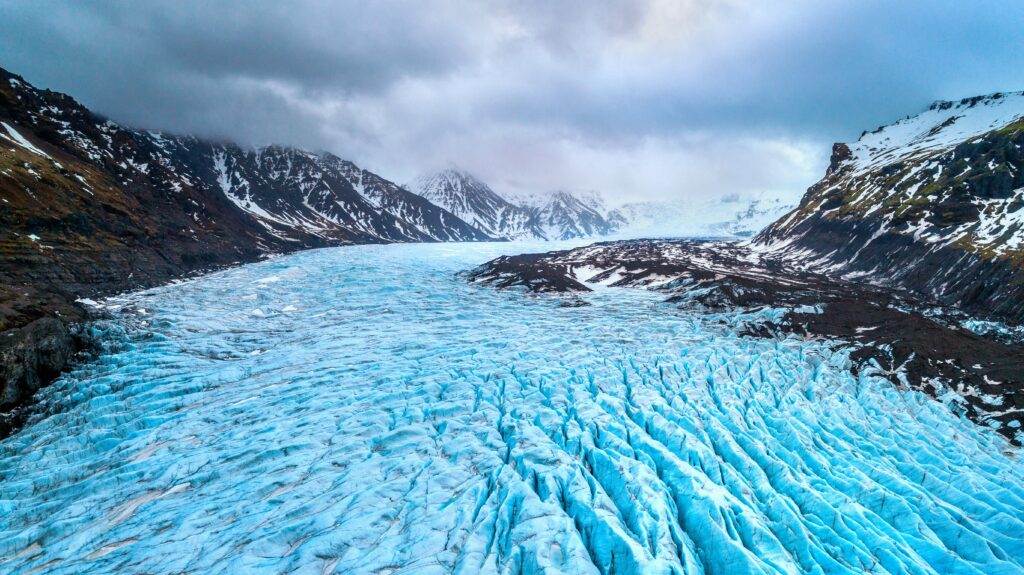
© tawatchai1990/stock.adobe.com
How can this historical perspective be integrated into modern climate models?
Franz Mauelshagen: Human impacts on the climate existed long before the 20th century, primarily through changes in land use. The beginnings of agriculture date back to the Neolithic, many thousands of years ago. For example, if we want to develop dynamic vegetation models, we cannot do so without considering land use and its changes.
How does the graduate school contribute to this effort?
Franz Mauelshagen: An important focus is on the development of data-driven models. We want to better understand feedback loops between society and the Earth system. Such processes are highly complex and require interdisciplinary collaboration. The IMPRS-ModA provides a platform for this by connecting researchers from various disciplines.
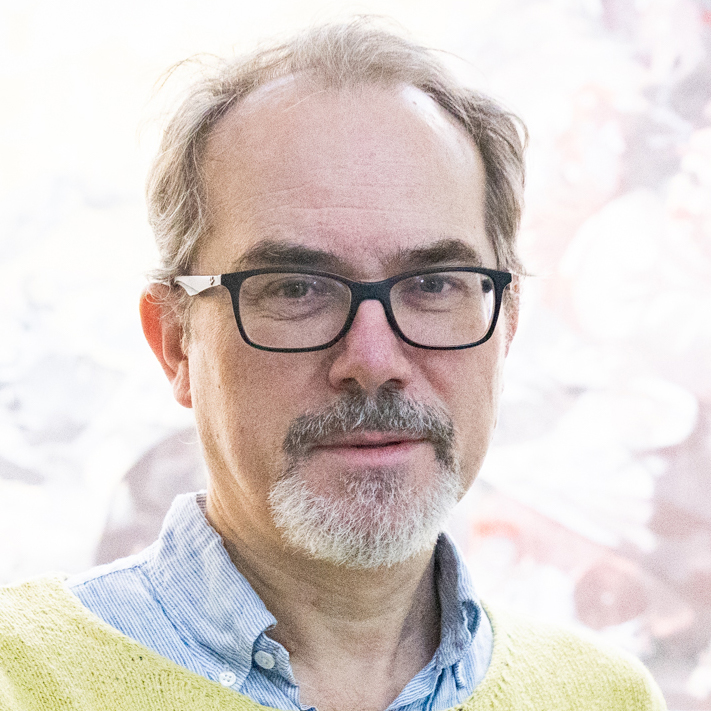
© Mike-Dennis Müller
Can you provide an example of how historical insights contribute to current climate research?
Franz Mauelshagen: A particularly fascinating example is the Little Ice Age, which was most pronounced in the 17th century. It led to cooling periods that lasted for several decades and can largely be explained by increased volcanic activity. This posed significant challenges for agricultural societies. They responded by expanding their cultivated areas, which intensified early human influence on the climate. While this influence was minor compared to today, it could have been as strong in the 18th century as natural variations in solar radiation during the eleven-year sunspot cycles. Dynamic vegetation models that consider land use and its changes will allow us to compare model calculations with historical data.
What is the advantage of such data?
Franz Mauelshagen: Historical data will provide us with new opportunities for calibrating climate models and their components. Even today, model calculations are compared with temperature and precipitation reconstructions. When they align well, it speaks to the reliability of the models. These can then be further adjusted. This is called calibration. This calibration makes predictions more reliable and improves our understanding of the complex interactions within the climate system. In short: We use historical information to calibrate models.
Isn’t it frustrating when climate change is denied, despite the clear scientific evidence?
Franz Mauelshagen: Yes, it is frustrating. Especially because people who deny climate change have already lost the scientific debate on climate research. Twenty years ago, that debate still existed. Today, climate change deniers no longer seek confrontation with climate science; instead, they focus on social media as a platform to spread their false claims. The only remedy for this is ‘climate literacy’ – climate knowledge for all. We need education that makes climate change understandable even for people without higher education or university degrees to counteract this.
What motivates you to keep going despite these challenges?
Franz Mauelshagen: They say lies have short legs. Perhaps sometimes they have longer legs than we think. Of course, climate change won’t disappear just because we talk ourselves out of it. But it will probably take quite a bit of patience. Despair would be the wrong response. The Earth revolves around the Sun, not the other way around. It took some time for this modern worldview to prevail. The astronomers in the Vatican quickly knew that Galileo Galilei was right. But they weren’t allowed to admit it for a long time. Eventually, that lie could no longer be upheld. The Roman Catholic Church would have only made a fool of itself eventually. The same will happen to the institutions that deny climate change today.
Transparency notice: This translation was created with machine assistance and subsequently edited.
